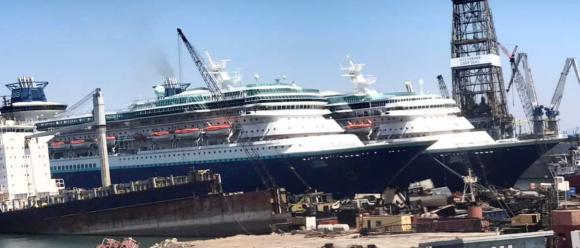
Sovereign and the Monarch in Turkish scrapyard
In early February, outbreaks of the coronavirus began to occur on cruise ships. On one quarantined ship, the Diamond Princess, one infection spread to over 700 cases and seven deaths from COVID-19. In March of 2020, the cruise industry was effectively shut down by a Center for Disease Control (CDC) “No Sail Order.” Recent attempts to restart even limited cruising have not been notably successful.
Not surprisingly, several cruise lines have ceased operations and at least 11 cruise ships have been sent to the scrapyards. Nevertheless, 16 new cruise ships were delivered in 2020, most of which sailed directly to layup. Now in 2021, an additional 30 cruise ships are scheduled to be delivered from shipyards around the world. Incredibly, another 31 ships are scheduled for delivery in 2022.


 A few years ago, we posted about the
A few years ago, we posted about the  The pandemic has been brutal to the restaurant industry. Likewise, the small-scale oyster growers of Barnegat and Delaware bays have been extremely hard hit as restaurants cut back on their orders or shut down altogether.
The pandemic has been brutal to the restaurant industry. Likewise, the small-scale oyster growers of Barnegat and Delaware bays have been extremely hard hit as restaurants cut back on their orders or shut down altogether. 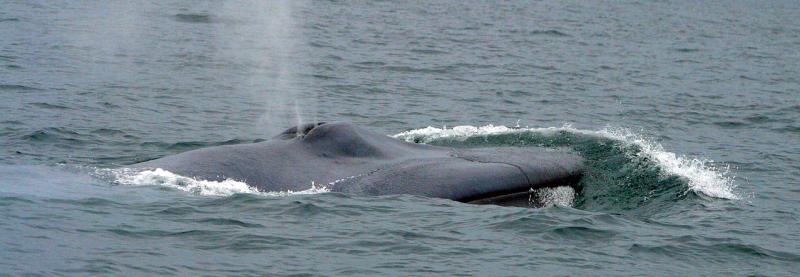 A new blue whale population has been discovered in the Arabian Sea and Western Indian Ocean according to a
A new blue whale population has been discovered in the Arabian Sea and Western Indian Ocean according to a  Almost a decade ago, the container ship
Almost a decade ago, the container ship
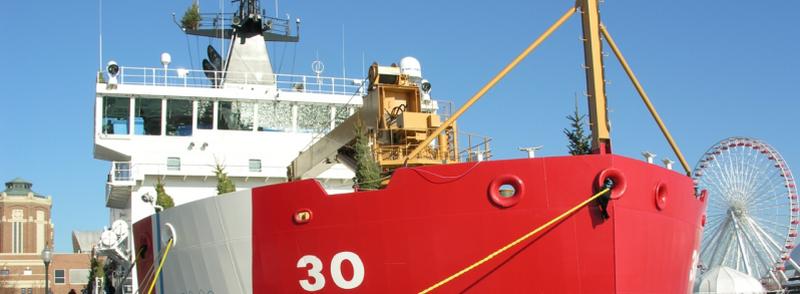 Every year, the
Every year, the 
 Ship scrapping is a slow and methodical process. A ship is typically run up on the scrapping ways, which can be a concrete platform or a sloping sandy beach. As burners cut away the upper sections of the ship, it gets lighter and floats a little higher allowing winches to pull the ship a bit farther up the ways. As more steel is cut away the ship is pulled progressively farther ashore until the entire structure is reduced to scrap metal to be hauled away for resmelting in a local steel mill.
Ship scrapping is a slow and methodical process. A ship is typically run up on the scrapping ways, which can be a concrete platform or a sloping sandy beach. As burners cut away the upper sections of the ship, it gets lighter and floats a little higher allowing winches to pull the ship a bit farther up the ways. As more steel is cut away the ship is pulled progressively farther ashore until the entire structure is reduced to scrap metal to be hauled away for resmelting in a local steel mill. According to an ancient sailors’ legend, we are in the middle of the
According to an ancient sailors’ legend, we are in the middle of the 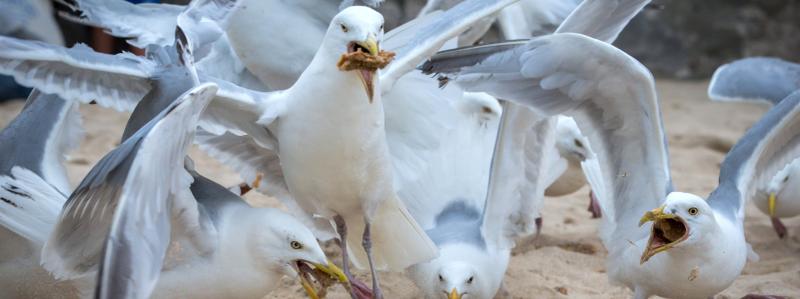
 On Monday night, December 21, the planets
On Monday night, December 21, the planets  Severe weather off the east coast of Australia has left beaches in the Northern Rivers region of New South Wales and on the Gold and Sunshine coasts covered in a thick layer of sea foam, attracting crowds of curious locals, and, at least potentially, venomous sea snakes.
Severe weather off the east coast of Australia has left beaches in the Northern Rivers region of New South Wales and on the Gold and Sunshine coasts covered in a thick layer of sea foam, attracting crowds of curious locals, and, at least potentially, venomous sea snakes. 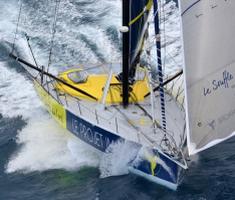 At roughly this point in the last sailing of the Vendee Globe in 2016-2017,
At roughly this point in the last sailing of the Vendee Globe in 2016-2017, 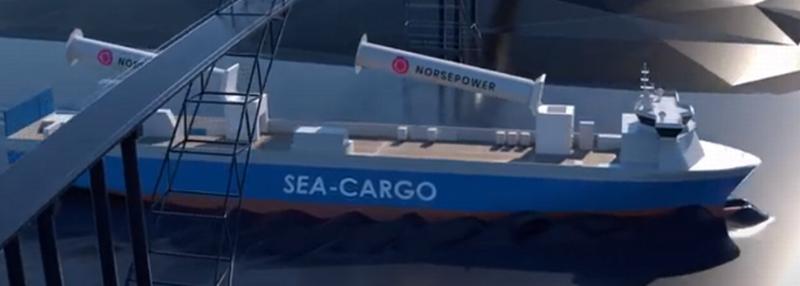 Sail-assist propulsion on commercial ships is developing rapidly, featuring a range of technologies including rotor sails, rigid wing sails, ventilated turbo sails, and even conventional fabric sails.
Sail-assist propulsion on commercial ships is developing rapidly, featuring a range of technologies including rotor sails, rigid wing sails, ventilated turbo sails, and even conventional fabric sails.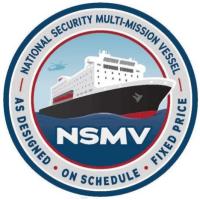 Today, steel was cut for the first
Today, steel was cut for the first 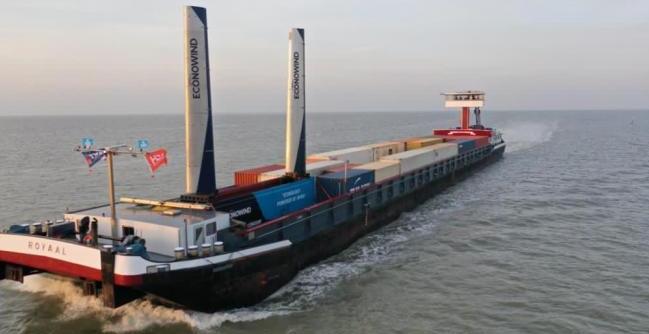 A year ago we
A year ago we